|
I am fresh from a morning playing in Hospital Pedro de Elizalde with Dra Maní Curí, Dr Roberto. They usually play in pairs, so today, Artistic Director Silvina ( Dra Stacatta.) came to play with me.
What a day! I had an absolute ball. All three made me so welcome - inhabiting the 'Yes' so that everything was flowing and fun and safe. We had a lot of fun playing with the fact that I am an 'extranjera' (foreigner). It was very humbling to be trusted and welcomed into the heart of the work so warmly. And it was so worthwhile - I learnt and realised things about our work that I hadn't until today. Waiting Rooms I want to be able to spend more time playing in the waiting rooms back at home. We never really have time for this, but here I saw clearly how appreciated it can be, and how effective a lovely, funny, theatrical game is. Just following each other around a bank of seats, trying to catch up with one another. It gave so much time for people to see us, and for us to see them in return. Simple and very funny. We need more days in Glasgow and Edinburgh to fit in all the waiting rooms and day clinics! Songs for Staff They sang a lovely name song for one of the Doctors working in a clinic, and I thought, how lovely for all those waiting to see their Doctor in this light - not as a high status expert, but a humble, sweet human. Perla and Bernardo did this last week as well. Doctor/ Clown Relations The hospital clowns here and in the other hospitals I have visited have a great relationship with the Doctors and Nurses on the wards. The lack of Play Specialists means that the clowns receive referrals directly from the Doctors and Nurses, and as a result, have built up lovely relationships. We have great relationships with the vast majority of Nurses that we come across, but we hardly even see Doctors on the wards, and there are very few that we play with or have long interactions with. I don't know if this is a bad thing necessarily , but I like the idea that we are in hospital for everyone who is there - patients, parents, family, nurses, domestic staff AND Doctors. Perhaps we should start with a little song... Happy Healthcare Staff, Happy Hospital Clowns This hospital is bigger and brighter than the others, and was clear straight away how much more relaxed and happy staff are here. This also has a direct relationship, I imagine, with how open and welcoming staff are to Hospital Clowns here. This is most noticeable at home in our Elderflower work, where undervalued staff, working in difficult conditions are those who have less time for us being there. Photos to follow! Hospital Clowning has experienced a boom here in Argentina. Perhaps all over the world. It is easy to see why. As far as I am concerned, it is the best job in the world, so I am not surprised that so many people want to do it. For organisations who take pride in the quality and consistency of the work they deliver, where the art of clowning is absolutely central, and where their artists are paid as professionals, the rise of organisations where training is minimal or non-existent is a concern. We know that we have our fragile place in the hospital hierarchy, that we are clowns walking the tightrope into an environment that isn't meant for us, and if we do it badly, well, we'll fall off. And hurt somebody, probably. In a building full of vulnerable people... The perception of the work amongst healthcare staff and the public as a profession that requires training, and specific skill is a vital part of our integration into healthcare units. As far as Alegria Intensiva are concerned, they know that they cannot be the first, or the largest hospital clown ONG in Buenos Aires, but they are trying to have an impact on the quality of work being done, on peoples perceptions of what they do and what is necessary to do it. This year they started a training course. A beginners course for people with no performance background who are interested in the work, and another more advanced class for professional performers. Neither course is in any way an audition to work with Alegria Intensiva. They were generous enough to let me attend both workshops. Thursday evenings are run by Artistic Directors' Silvina and Irene. I was a bit intimidated at first and had thought that I might just watch and take notes, but I couldn't resist joining in - Irene and Silvina, and the rest of the class, were so welcoming. Saturday mornings is for beginners, and run by Alegria Intensiva member, Romina Amato. What a sweet group! I had forgotten the tenderness and vulnerability of a beginners clown workshop, and it brought it all back to me. Who would have thought that my first workshop with Caroline Dream and Alex Navarro all those years ago would lead to this amazing journey? Participants make a donation to Alegria Intensiva to attend, and they commit to a 10 month weekly workshop. I think this is a really interesting way of spreading the word of what they do - sending a strong message out that this work requires training.
What was blindingly clear in my observations this week is that while Healthcare staff are doing excellent work in Buenos Aires, resources in public hospitals are few and far between.
This lack of resources combined with illness and poverty make the work of the Hospital Clowns here (and other art-in-health therapies) both all the more challenging and all the more vital. It is hard to believe that the Hospital de Niños Dr. Ricardo Gutierréz was the first in the world to allow parents to accompany their children in hospital, when now in 2016, there seems to be so little concession to the emotional needs of children here. As Andres Kogan (Alegria Intensiva director) so eloquently says in his TEDx talk, children's hospitals were built with Doctors in mind, not children. In fact, the Hospital de Niños Dr. Ricardo Gutierréz doesn't seem like a children's hospital at all. No murals, or colour on the walls. No play areas. And while it is certainly true that drawings on the walls and colouring-in books do not make a child friendly hospital on their own, surely they take the edge off what is otherwise a brutally adult and unwelcoming space? The State here doesn't/can't prioritise funding programmes in hospitals that focus on protecting the basic and intrinsic characteristics of childhood. In Scotland, as well as us Clowndoctors, Health Play Specialists, teachers, story tellers, music therapists, therapets, and of course personal televisions, dvd players and computer games all form part of a holistic approach to care. All of these things combined mean that a stay in hospital for any length of time, in theory, should not have a negative impact on the development and well-being of the child. And of course even with all of these resources, even with bright white sheets, wide, well-lit corridors, big windows - being ill and in hospital can be and often still is a traumatic life event. In the end, it all boils down to resources. Alegría Intensiva made a decision early on not to seek any funding from the state for the work they do in hospitals here, as they knew that it would be unpopular amongst healthcare staff and Trade Unions. Why pay a Hospital Clown when excellent, hardworking healthcare staff are barely able to deliver adequate care due to a massive lack of resources? We sometimes come up against this argument in Scotland, but we can safely say that the funding from hospitals that we receive does not take away any funding from any healthcare staff or healthcare resource. The fact that Healthcare Units in Scotland make a contribution to the Clowndoctor or Elderflower presence on their wards is part of Hearts and Minds' strategy for better integration in these units. Alegria Intensiva are totally clear that their artists are specially trained professionals who are paid as such, but to ask for a contribution from hospitals would damage their relations with the healthcare staff they visit, and the publics' perception of the work they do. Perhaps the biggest thing they do as far as Integration into the healthcare environment goes, is to deliver consistently high quality work. More on this next time ;) During both of my observations this week, I was really interested to see how the clowns were received in both hospitals by staff and professionals - with a state law making hospital clowns compulsory (more on this later) and a national hospital clown day, I wondered if there would be a wider cultural acceptance of clowns in general and of the work in hospitals. The truth is, on the surface of things I saw very little difference. Some domestic staff, nurses and doctors clearly loved the clowns being there, were open to playful interactions. Others seemed indifferent. One or two who had felt negatively towards the clowns had been carefully won over, over the course of many weeks, and were now big fans. Likewise with the families and children that they visited. In general, reactions were lovely - tender and full of laughter - but, just like at home, there were some who were shy, a little afraid, not interested, too poorly. I love the photo below as it shows a totally enthralled little girl who immediately started to play with the clowns, others watching intently, and a man sitting right next to Dra Nivea Pons who is completely oblivious to it all. He didn't move or react throughout the whole performance! 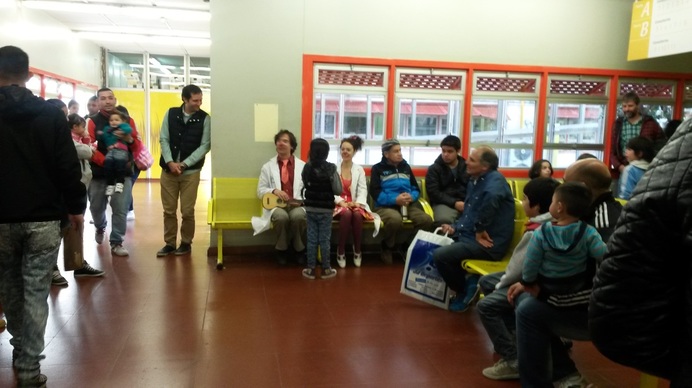 A note on the work that I observed - I was again heartened and amazed to see the similarities in our artistic work. The language of clown really is universal, and the need for children, wherever they may be, to play, is also.
I will write more on the integration of hospital clowns in Buenos Aires and the various challenges that Alegria Intensiva face in that regard anon...thoughts still filtering in! On wednesday I went to observe Alegria Intensiva working in the Hospital de Niños Dr. Ricardo Gutierréz. I brought my camera, a dictaphone, 2 notebooks and my phone so that I could capture EVERYTHING about the experience.
In the end, so transfixed was I by Dra. Perla and Dr. Bernardo, I just watched. And laughed. A lot. Dra Perla and Dr Bernardo visit 2 waiting rooms and 2 wards every wednesday, between 0930 and 12.00. They hope to start visiting twice a week, but having these conversations with hospital managers in the winter is apparently impossible, because of the huge strain on services. As soon as I set eyes on Dra. Perla and Dr. Bernardo I fell in love. And the theme of Love - who loved who, who would marry who, how much they did or didn't love one another - carried them both through the morning. A motif that kept them together, and present throughout. They were brilliant at staying with one game and taking it to it's furthest point - beautifully supportive of each other. Their status and agenda was clear, which made them really easy and lovely to watch. I see this as one benefit to staying with the same partnership in the same unit over a long period of time. When it goes well, you really get the chance to push one another creatively, surprise your partner, build on stories and relationships. Their characterisation is very similar to that of the Elderflowers - it is really interesting to see how this works in the context of a children's hospital. The visits of waiting rooms start with music and build into little shows. People flock from all over, and soon what was 20 people, turns into maybe 100. Apparently today it is less busy than usual. As a performer, it seems very challenging. The acoustics are terrible, so they really have to project their voices to be heard, and the 'audience' is tired and anxious. Gradually, the smiles and laughter bubbles up, and as they leave, there is a tangible difference in mood and energy in the room. Like a kind of satisfied exhalation. The second waiting room is more 'successful'. It is a tiny space, but with everybody so tightly packed, a simple 'following' game has everyone giggling. The clowns create a real sense of community. People look up, see one another, connect, laugh. The two wards are more familiar territory for me, in that Perla and Bernardo visit children in their rooms, and do so in a very similar way to us at Hearts and Minds. There are children and families that they know well, others they don't. Dra Perla is always in charge, and more verbal than the timid, romantic Dr Bernardo. There are subtle differences that I am still processing - cultural and to do with the specifics of the hospital. Next week I am going to join them on the floor...I feel intimidated, excited, humble and most of all curious to see what on earth Dr Maybee will get up to! One thing for sure is that I will be in safe hands with these two love-bugs. On Monday I fly to Buenos Aires for Part 2 of my Winston Churchill Traveling Fellowship adventure. I will be visiting Alegria Intensiva and investigating if and how the integration of Hospital Clowns into healthcare environments there is affected by apparent government support for the work. Last year a White Paper was passed to make Hospital Clowns compulsory in all paediatric hospitals in the province of Buenos Aires, and this month, a law was passed making the 5th November the Day of Hospital Clowns in Buenos Aires!
I wonder if one day we will have a Clowndoctor Day in the UK? I have so much to organise before I go, but my excitement is getting the better of me and my attention span is miniscule. So my next instalment will be from Argentina, possibly accompanied by a calming bottle of Malbec and a steak...! Hasta Pronto! |
AuthorI am a therapeutic clown and performer. Writing here is part of my wider practice and maybe some of my thoughts will trigger some thoughts of your own and I hope that helps. Archives
May 2024
Categories |

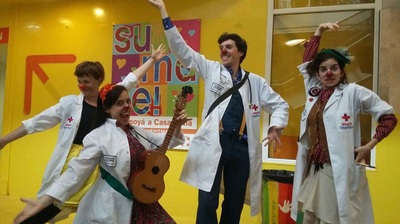

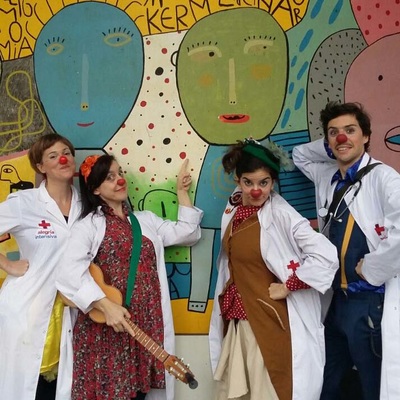

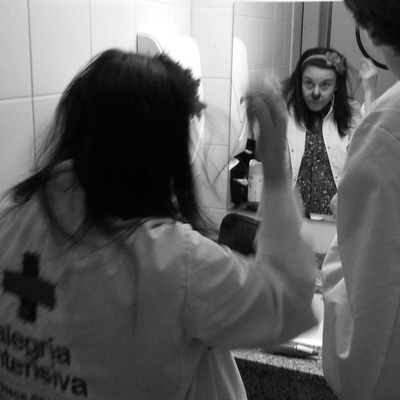

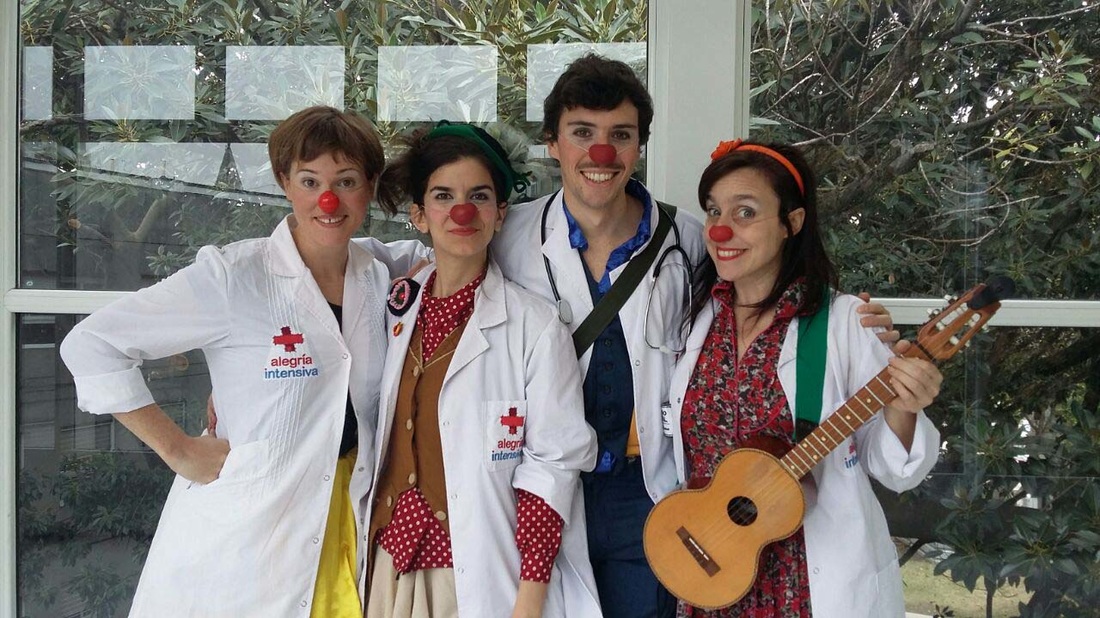
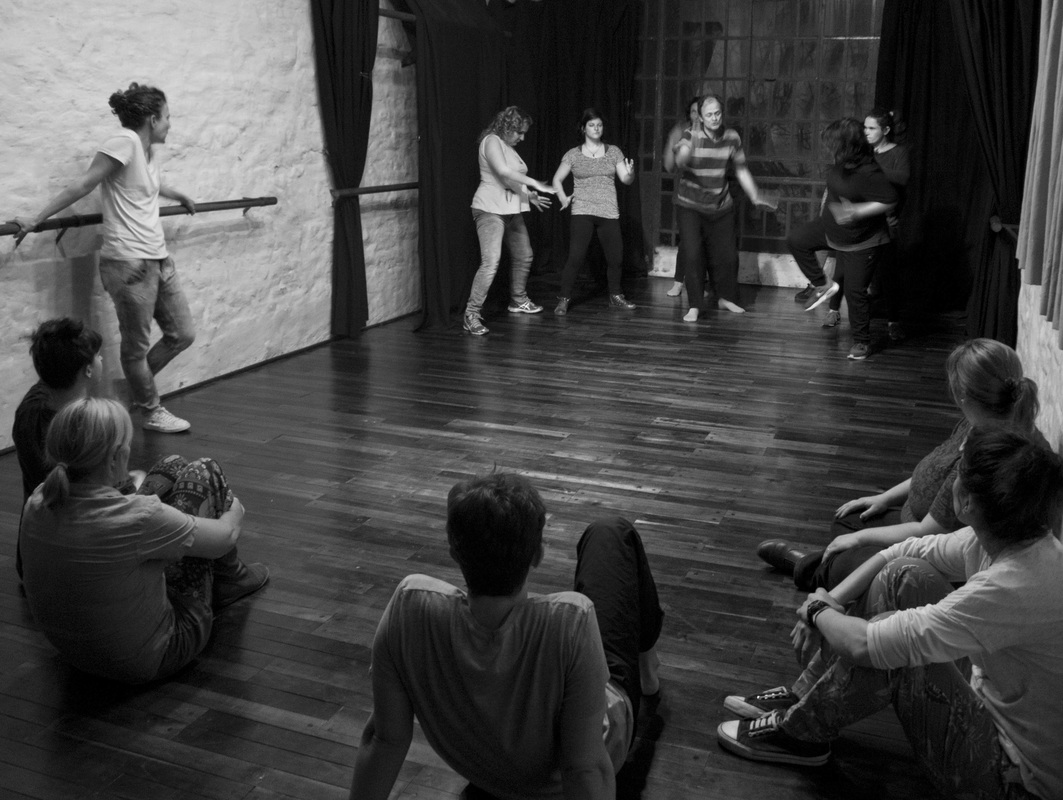
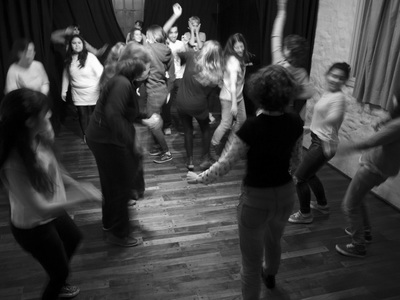

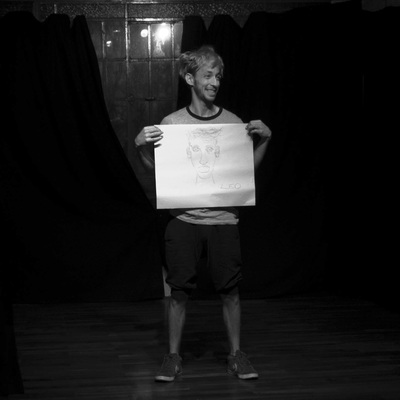
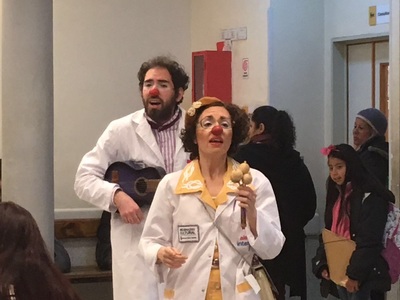

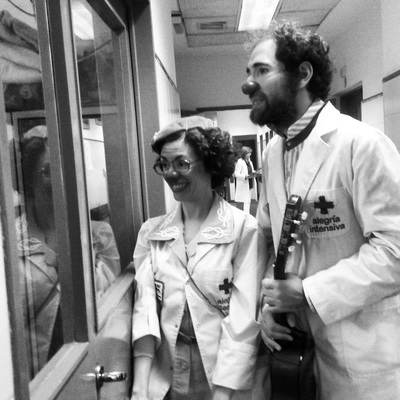
 RSS Feed
RSS Feed